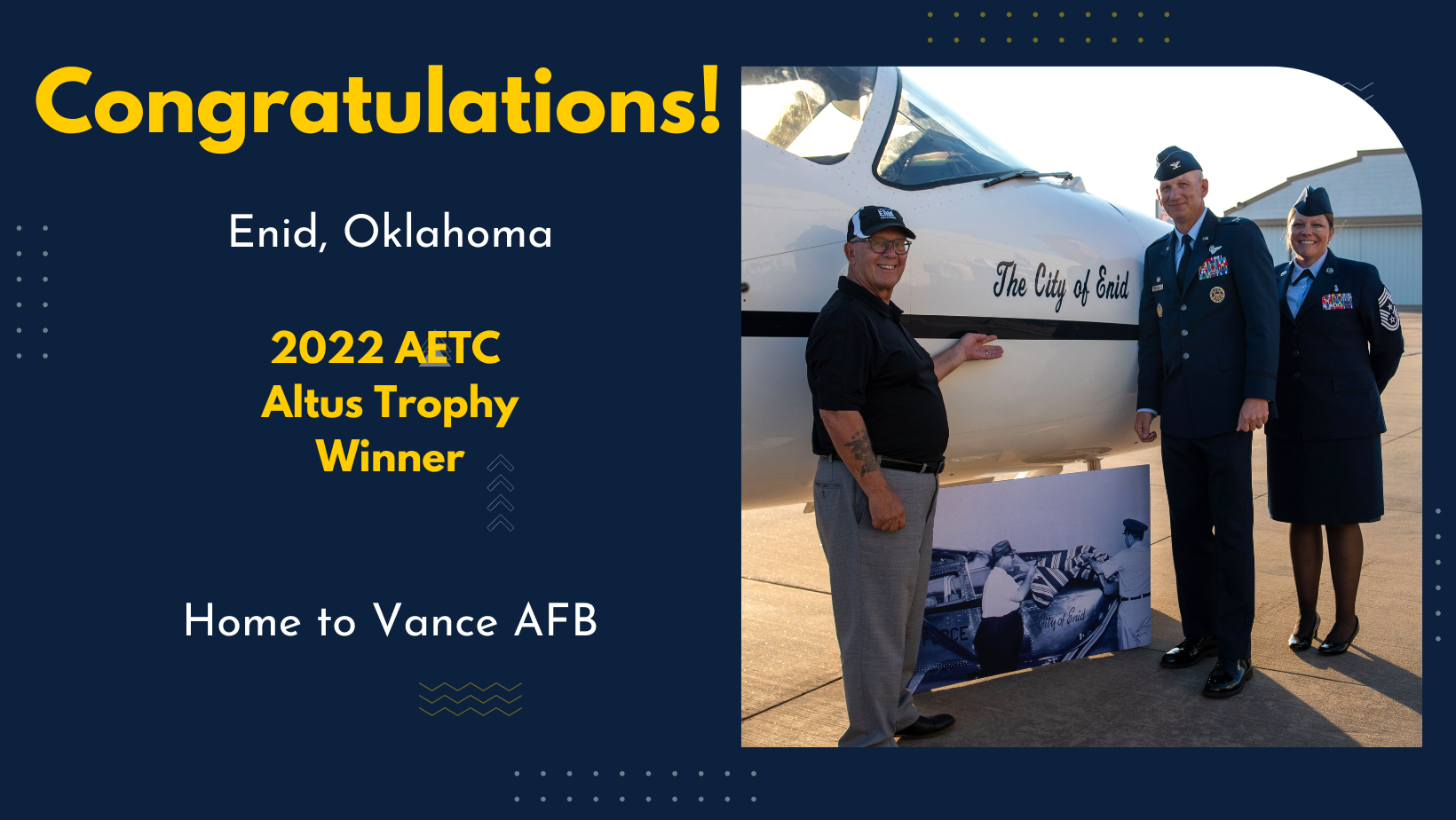Ever wondered where the next generation of elite Air Force pilots gets their wings? Vance Air Force Base, a cornerstone of airpower education, stands as the crucible where aspiring aviators are forged into the best pilots in the world. Located in Enid, Oklahoma, Vance AFB is more than just a military installation; it's a symbol of dedication, valor, and cutting-edge flight training.
Welcomed with open arms to Vance Air Force Base and the prestigious 71st Student Squadron (STUS)! This is where the journey begins for many, a place where dreams of soaring through the skies transform into tangible reality. Team Vance undertakes the critical mission of training over 370 Air Force and allied student pilots annually, preparing them to defend our nation and its allies. The rigorous curriculum involves completing 29 simulations, totaling approximately 73.4 hours, and undertaking 50 actual flights, amounting to an impressive 89.7 hours in the air. The commitment to excellence is evident in every aspect of the training program.
| Leon Robert Vance Jr. | |
|---|---|
| Full Name | Leon Robert Vance Jr. |
| Rank | Lieutenant Colonel, United States Army Air Forces |
| Born | August 11, 1916, in Enid, Oklahoma |
| Died | July 26, 1944 (aged 27), near Iceland (Missing in Action) |
| Service Branch | United States Army Air Forces |
| Unit | 489th Bombardment Group, 8th Air Force |
| Battles/Wars | World War II |
| Awards | Medal of Honor (posthumously) Distinguished Service Cross Purple Heart |
| Medal of Honor Citation | Rank and organization: Lieutenant Colonel, U.S. Army Air Corps, 489th Bombardment Group. Place and date: Near Montdidier, France, 5 June 1944. Entered service at: Enid, Okla. Birth: Enid, Okla. G.O. No.: 75, 5 September 1944. Citation: For conspicuous gallantry and intrepidity above and beyond the call of duty on 5 June 1944, while leading a heavy bombardment mission over Montdidier, France. As he approached the target, Lt. Col. Vance's aircraft was subjected to intense anti-aircraft fire and was hit several times, causing damage to 2 engines and crippling the hydraulic system. Because the bomb bay doors could not be operated manually or mechanically, Lt. Col. Vance realized that the bombs could not be released over the target. Unhesitatingly, he volunteered to lead his formation over the target again, despite the fact that his airplane was further damaged by flak, During the second run, the bomb bay doors were opened and the bombs were released. Still under attack by anti-aircraft fire, Lt. Col. Vance, coolly and skillfully, led the formation safely back to base. On arriving over the English Channel, 1 engine failed completely, and the damaged aircraft lost altitude rapidly. Lt. Col. Vance ordered all members of his crew to bail out. After the crew had abandoned the plane, Lt. Col. Vance attempted to ditch the aircraft in the channel, but it exploded before he could do so. By his extraordinary heroism, courageous determination, and complete disregard for his own life, Lt. Col. Vance set an example of gallantry in keeping with the highest traditions of the U.S. Army Air Forces. |
| Further Information | Official Air Force Biography |


